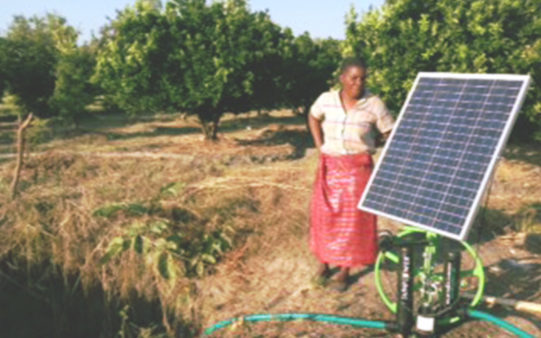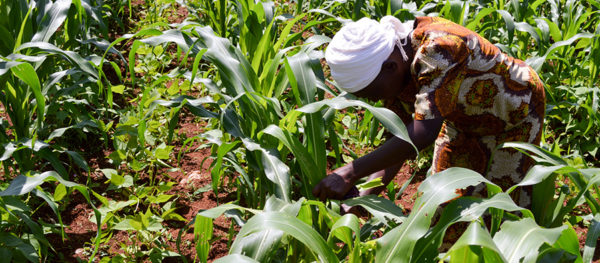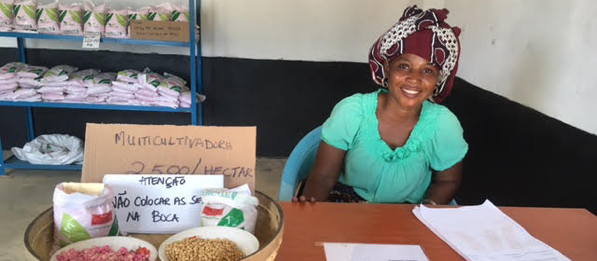Tag: mozambique

A Market Correction: Helping a Farming Association Rebuild
Africa & Middle East: A farmer association in Mozambique is helping its members to overcome poor market access through more information and better inputs and training.
Read MoreActions in Africa Preventing Food Loss and Waste
Global: Ending hunger and ending food waste are central to sustainable development. We can tackle both simultaneously, argues Talentus Mthunzi from FANRPAN.
Read More#FillTheGap! Making queens in Mozambique
Africa & Middle East: Through an entrepreneur recruitment program in Mozambique, Josefina dos Santos Lourenço and 30 others were able to increase their incomes while bringing essential products and services to smallholder farmers.
Read More


